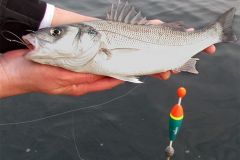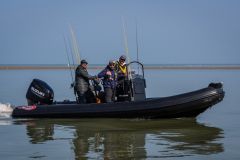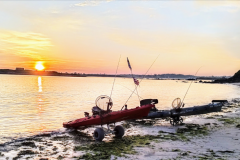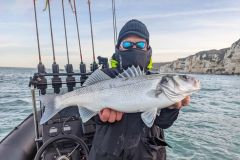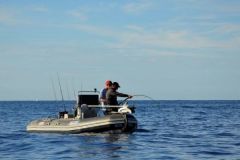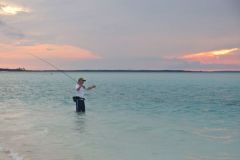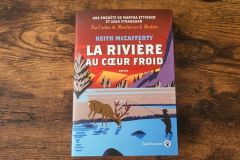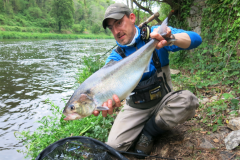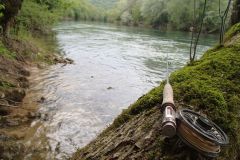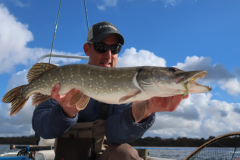Catching a bass on the fly is always a great moment, but catching it on the surface leaves unforgettable memories, as the action is so unpredictable, often violent and explosive. Summer and autumn are excellent times to try it.
Choice of positions to search for?
Sea bass hunt in a large number of positions, whether in the open sea, close to the coast or in estuaries.
If a hunt does occur, a surface fly will obviously allow you to catch a few fish, but this is not always the case. Sometimes bass are reluctant to rise and a streamer may be more effective.
Try to find corners where the depth is between 1 and 5 m, preferably, and up to 10 m maximum. A bass may take two tail strokes from the bottom to come and take your fly.
You'll need to know your fishing areas well if you want to use this technique and adapt to changing conditions.
If you're unfamiliar with the area, you'll need to look for posts typically frequented by bars, such as :
- rocky points bordered by a current
- beaches, especially early in the morning or in the evening once the bathers have left
- oyster beds
- edges strewn with seaweed.
The presence of food is one of the determining factors, whether it's small fish (sprats, sandeels, mullets, etc.) or shrimps. Bass love them!
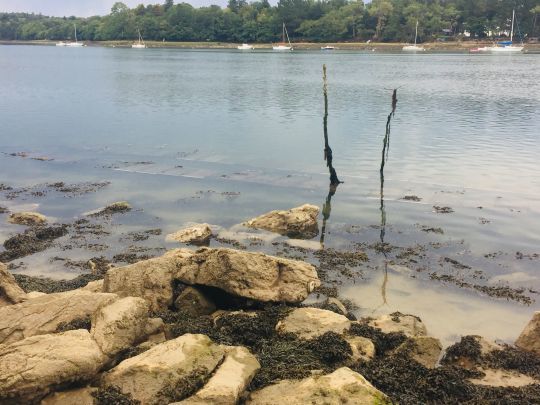
Surface fishing equipment
Your usual bass rod will do. A 9-foot, 8-gauge rod will do the trick. In stronger winds or in certain conditions, a 9-weight rod may be more appropriate.
A Rio Stripper WF8F floating line is recommended, as its thick, long spindle makes it easy to cast these flies, which have a certain resistance to air and wind.
A 3 m to 3.5 m Rio Striper leader with a 28° to 35° tip completes the equipment. Don't hesitate to fish at 35° on oyster beds to get your fish out of these structures.
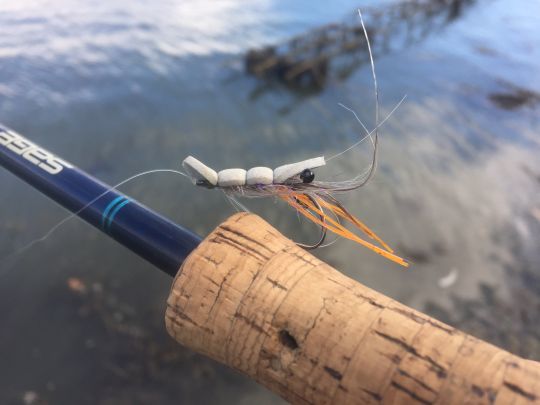
Which flies to use?
The most commonly used surface flies are poppers and gurglers.
Poppers as their name implies, pounce on the surface, i.e. they push water out of the way, producing a thud that attracts bass from afar. Personally, I prefer to use them in currents, in rough water. But sometimes small poppers can also work on calm waters, such as in the coves or bays of an estuary.
Gurglers are more in the "slider" family, i.e. flies that glide along the surface creating a ripple and sending out small sprays of water that are more discreet than a popper. I use them more often than poppers.
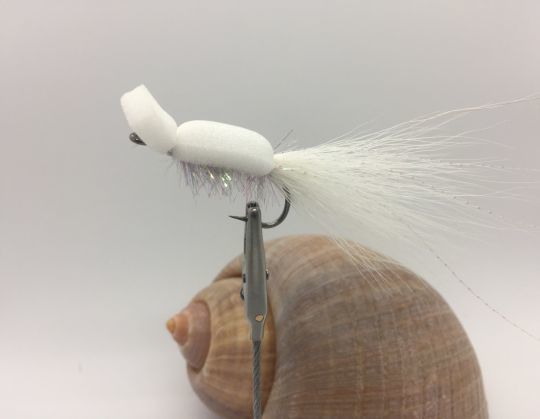
Depending on the conditions, one or the other should be used. Sometimes bass appreciate strong vibrations, while on other days more discreet flies are more appropriate.
The animation consists of more or less dry shots to push water, alternating with short to long pauses. Touches can be made during pauses, but often only on restart. Not for the faint-hearted!
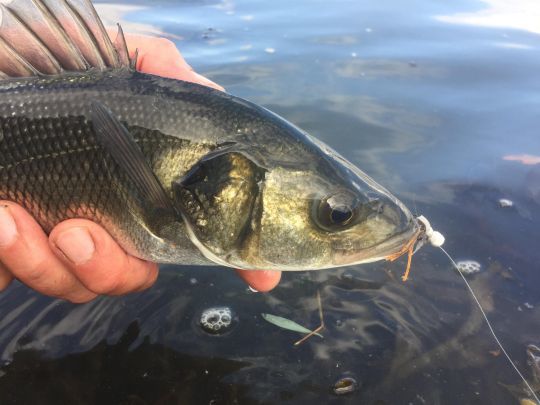
Action that's always memorable!
When surface fishing, no matter what the fish, freshwater or saltwater, we're looking for visual cues for our greatest pleasure.
Far from being the most effective technique, even though it can sometimes be prolific, it does allow you to bring up one of these beautiful predators. What could be more beautiful than to see a fish come and snatch up your fly on the surface in a huge eddy!
The action is memorable, as the explosive nature of the strokes often makes them violent. Even 40-50 cm bass can cause the surface to boil over. Their unpredictability is always surprising and highly addictive!
Try it out on your next outing - you just might like it!




